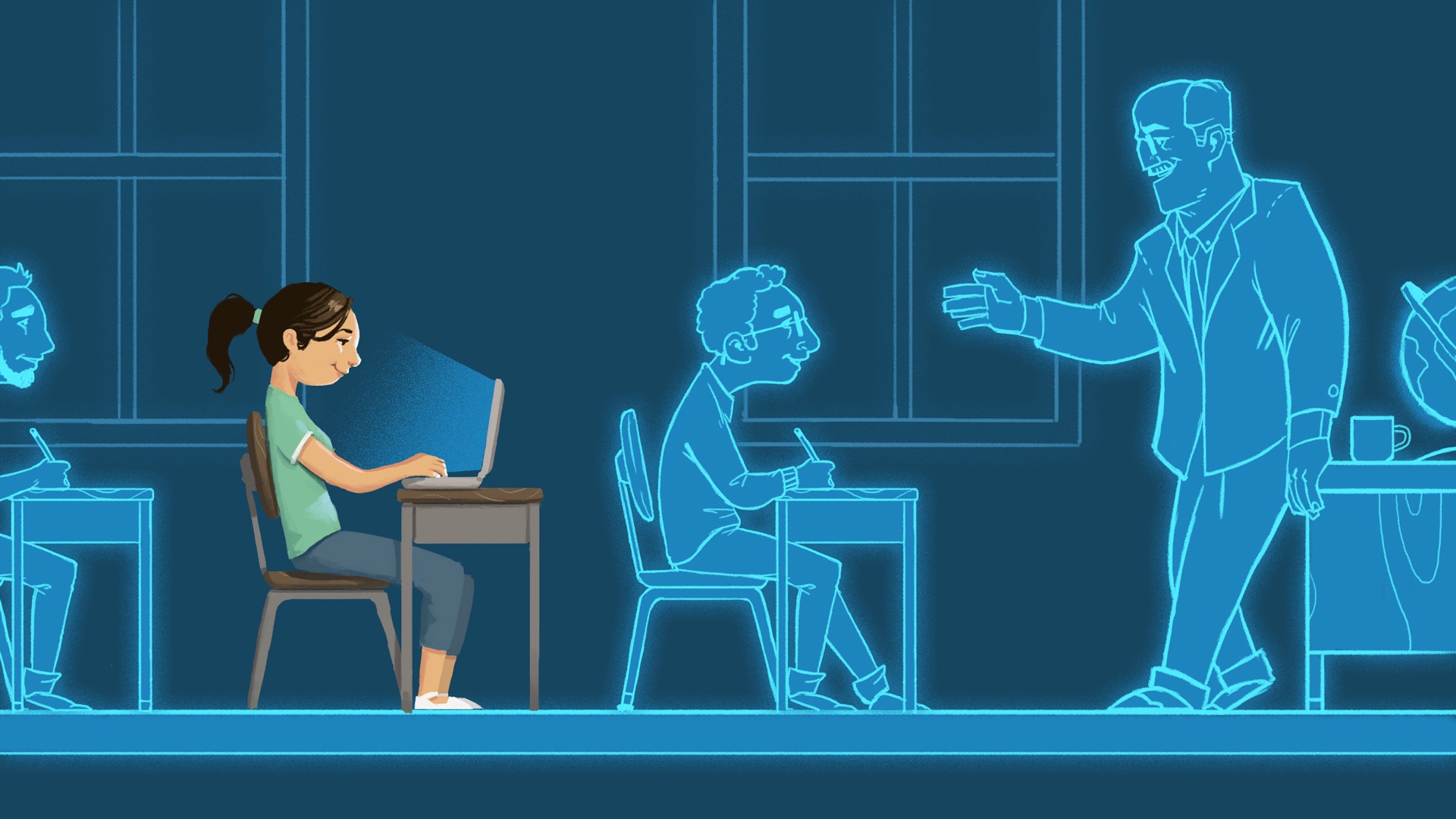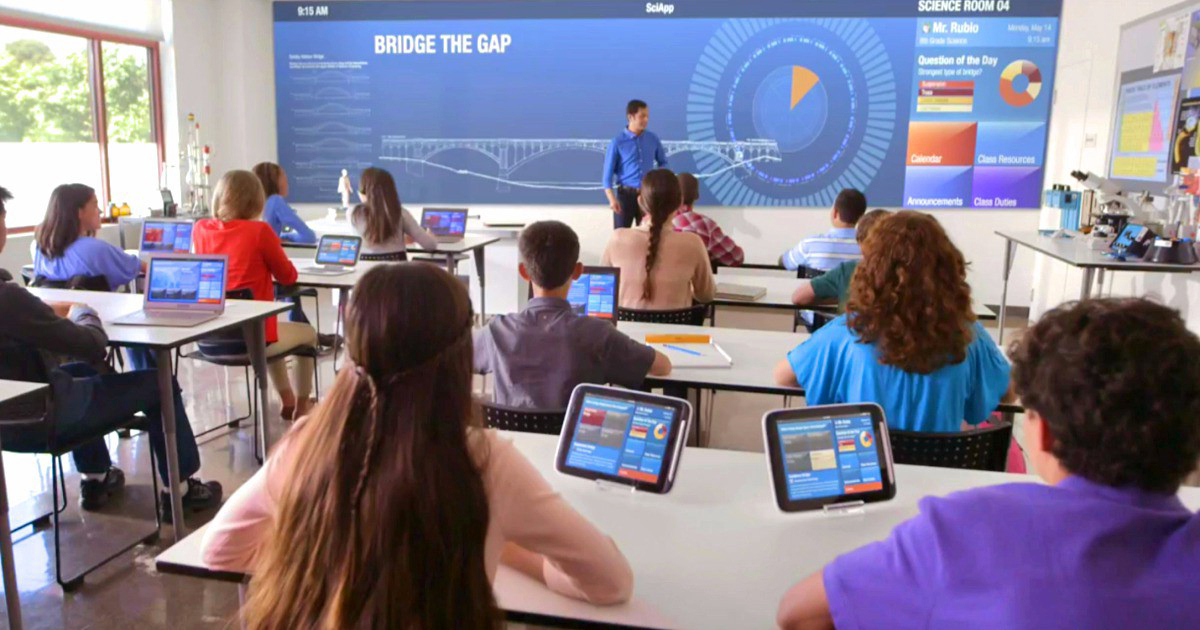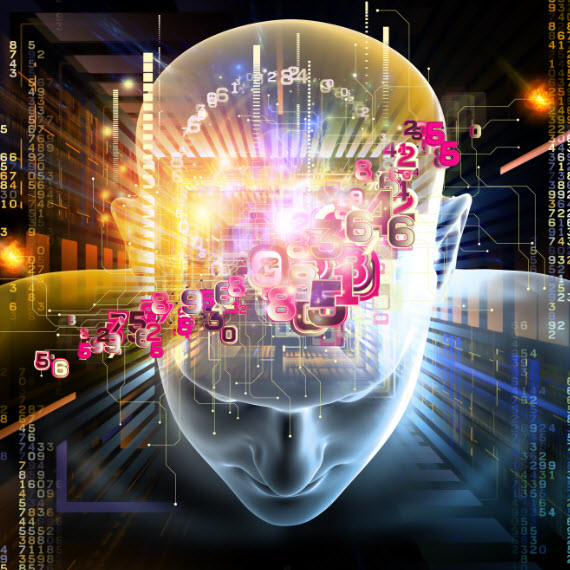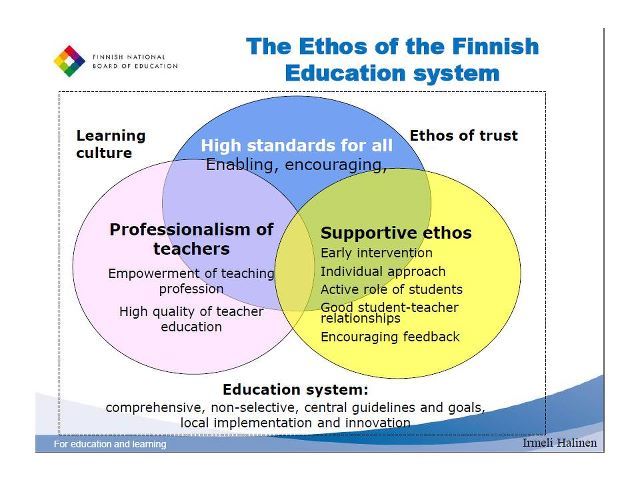The Future of Education
We are at a tipping point. The workplace is changing ever more rapidly and our education system is being left behind. Our schools and universities still embrace an era of authoritative mechanization that is born out of the engines of the industrial revolution.
There is now a movement towards more flexible learning online and also face-to-face. We require a framework of personalised learning to ignite passion and talents in young people and others.
We should instead encourage our children to understand who they are. This will be education that nurtures their uniqueness, to value their differences, and be inspired by the contribution they can make in the world.
To do this we should develop a scope and dynamics of meaningful and effective personalized learning. This would be suited to today’s societal needs and help foster a young persons’ inherent and amazing potential.

The Current Situation
Our current school system works for about 20% of children. For another 20%, they are a disaster. Many kids find schools stuffy and restrictive with authoritarian rules. Also, there is little opportunity for creative expression.
Children are pressured to focus on academic subjects irrespective of where their natural passions and talents sit. As a result, they become disengaged and find learning irrelevant. This results in high levels of childhood anxiety and depression.
The world still uses the degree as a passport for getting jobs. Many jobs now require an MSc or Ph.D. when only A-Levels or a first degree were enough 20 years ago.
Also, many industries are experiencing skill gaps, especially in IT, healthcare and engineering roles. These organisations are chaffing at the cost of expensive courses.
More and more graduates are struggling to get work. This is because what they learn does not match what companies want. Over 60% of the jobs that our children will be doing don’t exist yet.

The Challenge of Education Today
Our current education system has been with us for 200 years. It is based on Prussian models that were created under Frederick the Great to impose a strict ethos of duty, sobriety, and discipline.
The system was designed in the industrial age when children were moulded to take on jobs in the factories. In our current technological age many of the values of the industrial age are irrelevant and redundant.
Learning is often ineffective and disengaging without a personalised pathway to support each learner. Many young people leave education not knowing who they really are let alone what they want to do with their lives. We must address the disengagement and disillusionment amongst our youth.

Issues with Modern Schooling
Children are rewarded for doing exactly what they are told. The system is one of mass production and mass control. In the industrial age, it was important for factory workers to follow instructions without question. However, in today’s world young people need to be creative, develop ideas and collaborate with others.
Every minute of the student’s life is controlled by a prescribed subject timetable and the school bell. Children are given very little if any opportunity to manage their own time and this sends the dangerous message that they are not in charge of their own life.
Memorising facts simply to pass exams is not authentic learning. Most of the information is forgotten the day after the exam. Learning can be far deeper and more meaningful but the system values test scores that only measure memorisation and retention.
Our current standardised education system expects everyone to learn the same thing at the same time.
This is with no regard for students’ unique interests and talents. We have no way of knowing how much talent is wasted as a result.
Students learn differently and at different rates. Without personalised learning it is easy for a child to become labelled as a failure when all they needed was a little extra time or adopt a different approach.
In the current system, children are lectured and expected to follow at the same rate. Inevitably there are some who are bored, and others left behind. Technology has everything the child needs to learn at his own pace, but for fear of losing control, the system is failing to make full use of these resources.

Adopting a Path of Flow
Children will flourish on a path where they can live life in their flow. The value that they offer to those around them and to the world as a whole will become self-evident.
Several private schools have been created in response to the recognition of the need for change. Often these are driven by entrepreneurs. Interdisciplinary, project-based learning allows students to follow their curiosity and passion, engage in intellectual inquiry and creative design, and work collaboratively. The students are more intrinsically motivated than in traditional education models.
Finland has long been renowned for the quality of its education and always scores highly. Now it is rethinking how it teaches in the digital age. It seeks to place skills, as much as subjects, at the heart of what it does.
 Organisations and countries will invite these bright young people to contribute to their own communities. Hiring decisions will focus on personal contributions and not on a piece of paper whose value is based on the name of the school.
Organisations and countries will invite these bright young people to contribute to their own communities. Hiring decisions will focus on personal contributions and not on a piece of paper whose value is based on the name of the school.
Lifelong Learning for All
Create lifelong learning for everyone for any learner, anywhere, and at any time. Give them access to an education that is as broad and as deep as the internet, as individualized as a fingerprint, and as accessible as the air we breathe.
We should enable any learner, anywhere and at any time, to learn. This can be delivered through purpose-built schools and customised online learning. This would also be an alternative to state-funded schooling and embrace the unique talents of each individual.
Healing For Horses Enquiry Form
"*" indicates required fields
Sign up for our weekly newsletter, for inspiration and fresh content from Jerry Sargeant.
Event Enquiry Form
"*" indicates required fields
Sign up for our weekly newsletter, for inspiration and fresh content from Jerry Sargeant.
[mc4wp_form id=”168″]
Download Prospectus Form
[contact-form-7 id=”50219″ title=”Download Propesctus Form”]
Download Prospectus Form
[contact-form-7 id=”50219″ title=”Download Propesctus Form”]
Star Magic
Accessibility Statement
- sminfozzle.testingweblink.com
- December 14, 2025
Compliance status
We firmly believe that the internet should be available and accessible to anyone, and are committed to providing a website that is accessible to the widest possible audience, regardless of circumstance and ability.
To fulfill this, we aim to adhere as strictly as possible to the World Wide Web Consortium’s (W3C) Web Content Accessibility Guidelines 2.1 (WCAG 2.1) at the AA level. These guidelines explain how to make web content accessible to people with a wide array of disabilities. Complying with those guidelines helps us ensure that the website is accessible to all people: blind people, people with motor impairments, visual impairment, cognitive disabilities, and more.
This website utilizes various technologies that are meant to make it as accessible as possible at all times. We utilize an accessibility interface that allows persons with specific disabilities to adjust the website’s UI (user interface) and design it to their personal needs.
Additionally, the website utilizes an AI-based application that runs in the background and optimizes its accessibility level constantly. This application remediates the website’s HTML, adapts Its functionality and behavior for screen-readers used by the blind users, and for keyboard functions used by individuals with motor impairments.
If you’ve found a malfunction or have ideas for improvement, we’ll be happy to hear from you. You can reach out to the website’s operators by using the following email
Screen-reader and keyboard navigation
Our website implements the ARIA attributes (Accessible Rich Internet Applications) technique, alongside various different behavioral changes, to ensure blind users visiting with screen-readers are able to read, comprehend, and enjoy the website’s functions. As soon as a user with a screen-reader enters your site, they immediately receive a prompt to enter the Screen-Reader Profile so they can browse and operate your site effectively. Here’s how our website covers some of the most important screen-reader requirements, alongside console screenshots of code examples:
-
Screen-reader optimization: we run a background process that learns the website’s components from top to bottom, to ensure ongoing compliance even when updating the website. In this process, we provide screen-readers with meaningful data using the ARIA set of attributes. For example, we provide accurate form labels; descriptions for actionable icons (social media icons, search icons, cart icons, etc.); validation guidance for form inputs; element roles such as buttons, menus, modal dialogues (popups), and others. Additionally, the background process scans all the website’s images and provides an accurate and meaningful image-object-recognition-based description as an ALT (alternate text) tag for images that are not described. It will also extract texts that are embedded within the image, using an OCR (optical character recognition) technology. To turn on screen-reader adjustments at any time, users need only to press the Alt+1 keyboard combination. Screen-reader users also get automatic announcements to turn the Screen-reader mode on as soon as they enter the website.
These adjustments are compatible with all popular screen readers, including JAWS and NVDA.
-
Keyboard navigation optimization: The background process also adjusts the website’s HTML, and adds various behaviors using JavaScript code to make the website operable by the keyboard. This includes the ability to navigate the website using the Tab and Shift+Tab keys, operate dropdowns with the arrow keys, close them with Esc, trigger buttons and links using the Enter key, navigate between radio and checkbox elements using the arrow keys, and fill them in with the Spacebar or Enter key.Additionally, keyboard users will find quick-navigation and content-skip menus, available at any time by clicking Alt+1, or as the first elements of the site while navigating with the keyboard. The background process also handles triggered popups by moving the keyboard focus towards them as soon as they appear, and not allow the focus drift outside it.
Users can also use shortcuts such as “M” (menus), “H” (headings), “F” (forms), “B” (buttons), and “G” (graphics) to jump to specific elements.
Disability profiles supported in our website
- Epilepsy Safe Mode: this profile enables people with epilepsy to use the website safely by eliminating the risk of seizures that result from flashing or blinking animations and risky color combinations.
- Visually Impaired Mode: this mode adjusts the website for the convenience of users with visual impairments such as Degrading Eyesight, Tunnel Vision, Cataract, Glaucoma, and others.
- Cognitive Disability Mode: this mode provides different assistive options to help users with cognitive impairments such as Dyslexia, Autism, CVA, and others, to focus on the essential elements of the website more easily.
- ADHD Friendly Mode: this mode helps users with ADHD and Neurodevelopmental disorders to read, browse, and focus on the main website elements more easily while significantly reducing distractions.
- Blindness Mode: this mode configures the website to be compatible with screen-readers such as JAWS, NVDA, VoiceOver, and TalkBack. A screen-reader is software for blind users that is installed on a computer and smartphone, and websites must be compatible with it.
- Keyboard Navigation Profile (Motor-Impaired): this profile enables motor-impaired persons to operate the website using the keyboard Tab, Shift+Tab, and the Enter keys. Users can also use shortcuts such as “M” (menus), “H” (headings), “F” (forms), “B” (buttons), and “G” (graphics) to jump to specific elements.
Additional UI, design, and readability adjustments
- Font adjustments – users, can increase and decrease its size, change its family (type), adjust the spacing, alignment, line height, and more.
- Color adjustments – users can select various color contrast profiles such as light, dark, inverted, and monochrome. Additionally, users can swap color schemes of titles, texts, and backgrounds, with over seven different coloring options.
- Animations – person with epilepsy can stop all running animations with the click of a button. Animations controlled by the interface include videos, GIFs, and CSS flashing transitions.
- Content highlighting – users can choose to emphasize important elements such as links and titles. They can also choose to highlight focused or hovered elements only.
- Audio muting – users with hearing devices may experience headaches or other issues due to automatic audio playing. This option lets users mute the entire website instantly.
- Cognitive disorders – we utilize a search engine that is linked to Wikipedia and Wiktionary, allowing people with cognitive disorders to decipher meanings of phrases, initials, slang, and others.
- Additional functions – we provide users the option to change cursor color and size, use a printing mode, enable a virtual keyboard, and many other functions.
Browser and assistive technology compatibility
We aim to support the widest array of browsers and assistive technologies as possible, so our users can choose the best fitting tools for them, with as few limitations as possible. Therefore, we have worked very hard to be able to support all major systems that comprise over 95% of the user market share including Google Chrome, Mozilla Firefox, Apple Safari, Opera and Microsoft Edge, JAWS and NVDA (screen readers).
Notes, comments, and feedback
Despite our very best efforts to allow anybody to adjust the website to their needs. There may still be pages or sections that are not fully accessible, are in the process of becoming accessible, or are lacking an adequate technological solution to make them accessible. Still, we are continually improving our accessibility, adding, updating and improving its options and features, and developing and adopting new technologies. All this is meant to reach the optimal level of accessibility, following technological advancements. For any assistance, please reach out to


